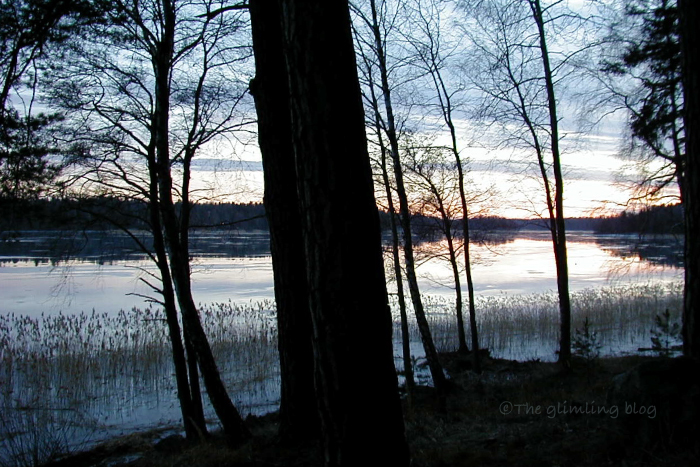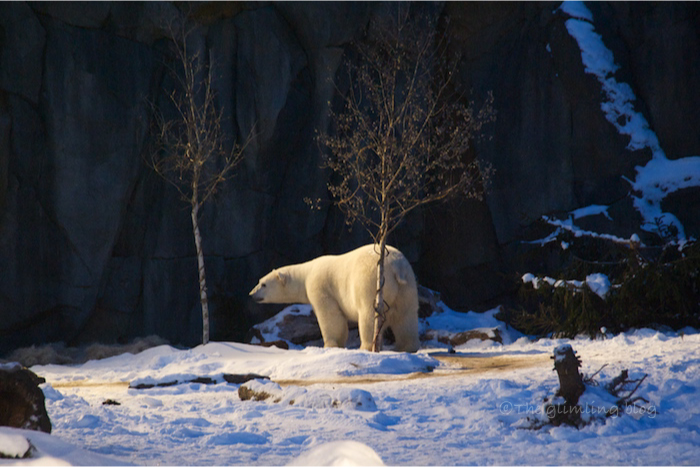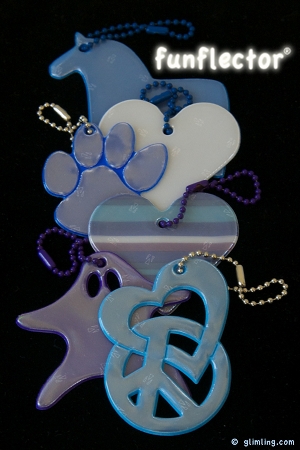Long ago, I used to come home from work, kick off my shoes, turn on the stereo and cuddle up under a blanket in my couch. A huge window, facing southwest, framed a stunning garden and the sunset this time of year. Late January and early February, I would come home right after sunset and hit the “blue hour”.
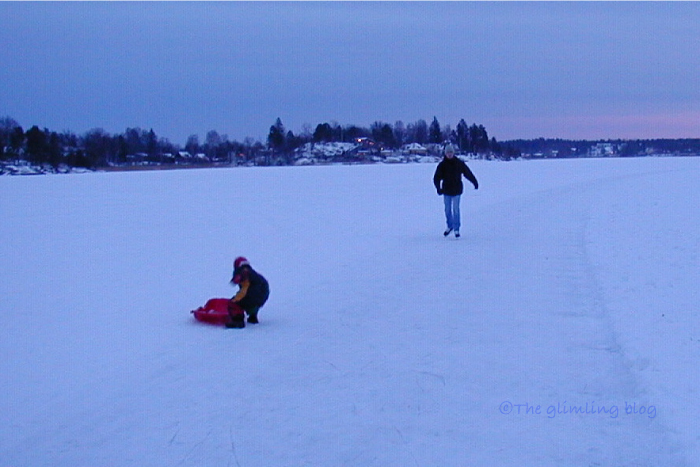
The best ones where those with a clear sky and snow on the ground. The far north location of Stockholm made sunset slow and the blue hour lasted long enough to wind down from a busy day in the office. Now with kids and in Chicago, (same latitude as Naples, Italy), I need to be observant to catch the blue light. It only lasts for a couple of minutes before it gets pitch black. Often, I only notice it on days when I happen to drive my kids to their activities during those precious blue minutes.
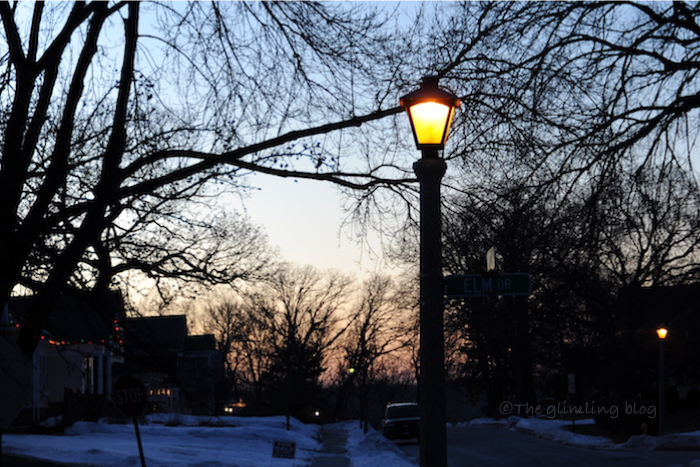
The blue light gives you opportunities to take spectacular photos that cannot be made any other time of the day. Miklos Andrassy has few basic tips at his bluehoursite.com. Just don’t think you can take any more daylight photos that day! Even very good cameras are not as good as the human eye at compensating for the blue light.
The blue hour is also treacherous from a traffic safety perspective. It often falls during rush hour, both in the morning and evening. Since the human eye is trained to compensate for the dimming blue light, we easily think it is not yet dark and forget that others might not see us. It is not uncommon to see drivers without headlights on and it is very common to see pedestrians who think they are as visible as in full day light. So here we go again: Wear some reflectors! They might save your life!!! Our loyal readers know to get our fun-to-wear pedestrian reflectors at our webshop. If you are a new to this site and pedestrian safety reflectors, you can learn more from our blog posts on traffic safety or on our info page.
Take care,
Elisabeth
